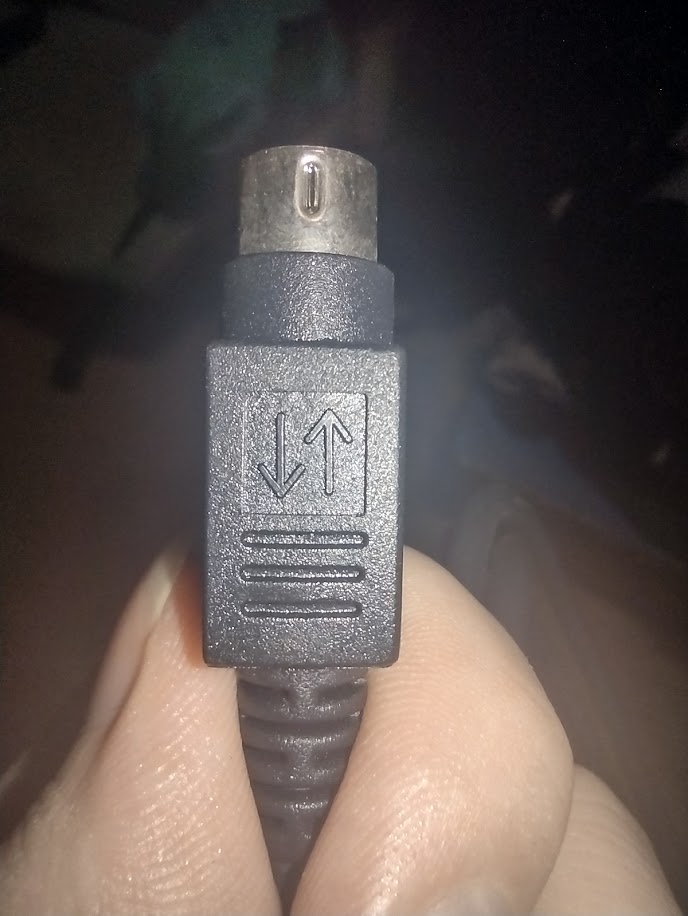I don't think in-game skill is a fair way to judge that. You can absolutely have a capable developer who is passionate about the game, but who isn't very skilled at the game itself. And unless the game has an extremely technical target audience, I can expect that most of the players who brought the challenge-winning skills to the table are not also coincidentally people who would be developing or otherwise technically supporting a continuation.
Also, if they release the source and it doesn't get traction, no-one is harmed. Any procedural and legal clearances should've been done before announcing the challenge. To me, open sourcing an EOL game or other product is about giving an opportunity for others to continue or learn. It might be sad if no-one bothers, but it's still the right thing to do regardless of when or whether someone takes on the challenge.

It's a "z", not an "e"
https://x.com/AnonymousArtz3